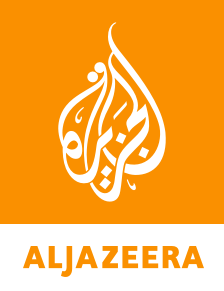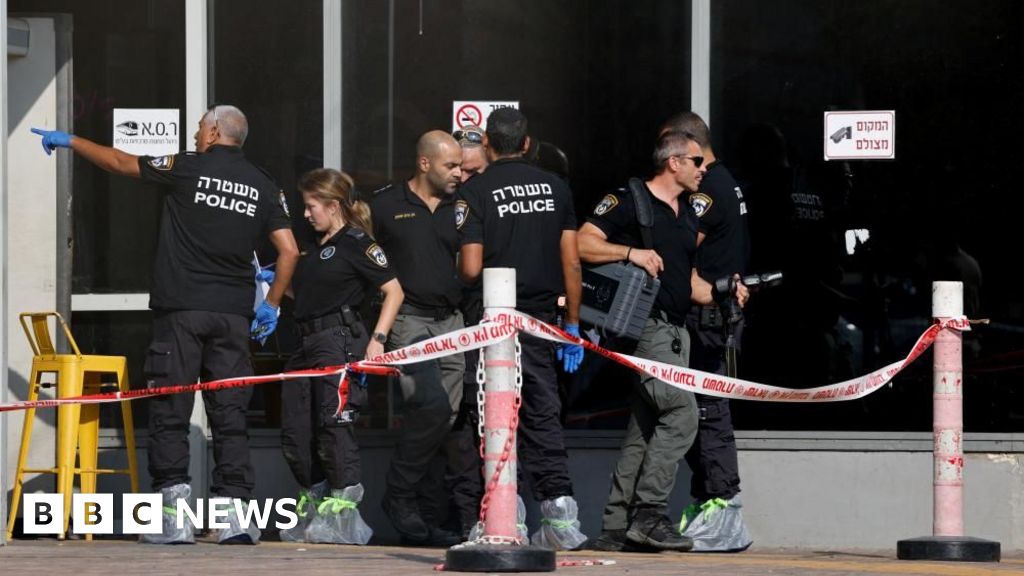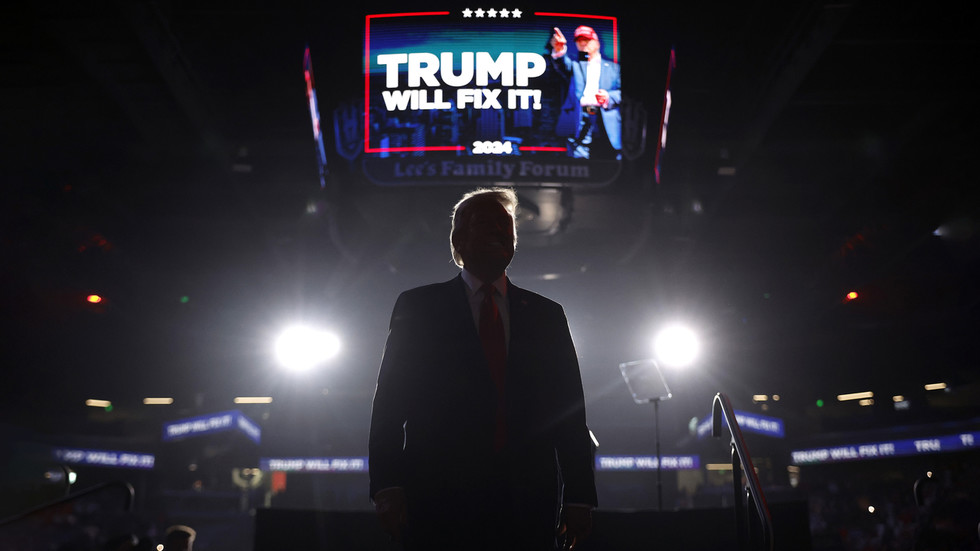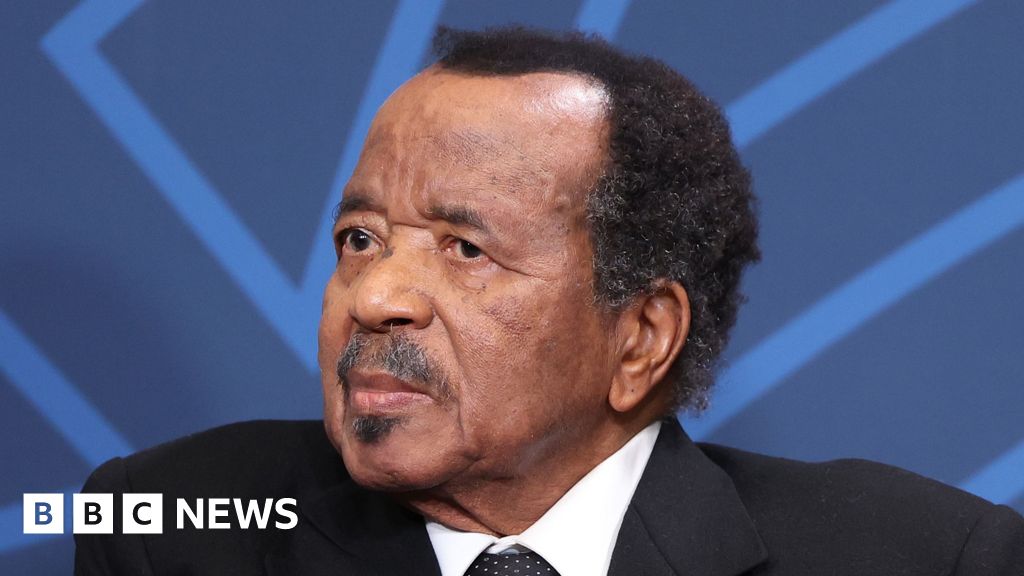Russian officials delivered dissonant statements in the past week about how Moscow would respond to Western weapons striking deep inside its territory, and whether such attacks will happen at all.
Russian diplomats played on the now-familiar threat of a nuclear response.
Russia’s Deputy Foreign Minister Sergei Ryabkov told the state news agency TASS on Saturday that Ukraine’s Western allies had already approved deep strikes inside Russia.
“The decision [to allow Kyiv to strike] is there; all the carte blanche indulgences have been issued to Kyiv’s clients,” TASS quoted him as saying. “Therefore, we will respond in a brutal way.”
US President Joe Biden and British Prime Minister Keir Starmer had met the previous day, but issued no statement on whether they were giving authority to Kyiv to use US-made Army Tactical Missiles (ATACMs) or British-made Storm Shadow missiles to hit air bases and logistics 300km (185 miles) inside Russia.
No other Russian officials confirmed Ryabkov’s claims.
Asked whether he had obtained such permission on Sunday, Ukrainian President Volodymyr Zelenskyy told CNN’s Fareed Zakaria, “No. Until now, no.”
He also hinted that weapons with an even longer range of 500km (310 miles) might now be needed, because Russia had moved its fighter planes back from front-line airfields within range of the longest-range weapons that Ukraine currently possesses.
“We waited too long,” Zelenskyy said.
The US has given permission to Ukraine to use its weapons across the border for counter-battery fire. Until now, there have been no reports of Ukraine using ATACMs and Storm Shadow missiles to hit airfields or logistics.
‘This war will affect everyone’
There was also dissonance in what the Russian response would be.
Sergey Lavrov, Russia’s foreign minister, on Friday told Rossiya-24 television that a nuclear conflict would reach the US.
“I keep on trying to convey this thesis to them – the Americans will not be able to sit it out overseas. This war will affect everyone,” he said, referring to a possible nuclear conflict on Friday.
On the same day, Russian Ambassador to the United Nations Vasily Nebenzya said deep strikes with Western weapons amounted to a NATO-Russia war.
“Once a decision to lift restrictions is really made, it will mean that NATO countries begin a direct war on Russia from this very moment,” he said.
That echoed the position expressed by Russian President Vladimir Putin on September 12.
Dmitry Medvedev, deputy chairman of Russia’s powerful National Security Council and Putin’s right-hand man, warned that Moscow’s “patience” was wearing thin.
“Russia is showing patience. After all, it is obvious that a nuclear response is an extremely difficult decision with irreversible consequences,” he wrote on his Telegram channel on Saturday, but added that “any patience comes to an end”.
Ukraine did strike deep inside Russia on Tuesday night, but used its own weapons.
Unnamed special-forces sources told government newspaper Suspilne that they had struck a depot containing Iskander and Tochka-U ballistic missiles, anti-aircraft missiles and artillery ammunition at Toropets, in Russia’s Tver region, some 500km (310 miles) from the Ukrainian border.
Footage from the site showed massive and widespread secondary detonations.
“You probably noticed that [Wednesday] was not a particularly good morning for Russia. It is happening because of inventive Ukrainian-made, Ukrainian-developed products,” Oleksandr Kamyshin, Ukrainian presidential adviser for weapons production, told Norwegian publication Nettavisen.
Ukraine recently unveiled the Palyanytsia, a drone missile whose range it did not disclose.
“We had no such capacities a year and a half ago,” Kamyshin said. “Now we have a number of products that can reach the target of 2,000 kilometres (1,240 miles) into Russia.”
Ukraine vows to boost defence industry
Ukraine has been aggressively building its own defence industry this year, after receiving what it views as disappointing quantities of Western ammunition and equipment for a counteroffensive last year that did not achieve the desired results.
Rustem Umerov, Ukraine’s defence minister, told the Yalta European Strategy forum that Kyiv’s defence production capacity would soon triple.
“Last year, we planned our production capabilities and determined how much we could jointly produce in the private and public sectors. Then our potential was $7bn. In 2025, we can triple this indicator,” said Umerov.
Kamyshin, who until last month was the minister responsible for the defence industry, confirmed this, saying that under his watch, weapons production had doubled and would triple by the end of 2024.
He also revealed that Ukraine was now producing its own 155mm artillery shells.
Shell shortages have been plaguing Ukrainian defenders, and Ukraine has largely made up for that by producing small first-person view drones this year, which have targeted Russian tanks and other vehicles with deadly accuracy.
Ukraine has also become an innovator of drone warfare, unveiling in the past few weeks a flying “dragon” flamethrower drone and a walking flamethrower “dog” drone.
But what has had perhaps the greatest effect in mitigating Russia’s superior firepower has been last month’s counter-invasion in Russia’s Kursk region, said Zelenskyy.
He told the Yalta European Strategy forum that apart from forestalling a Russian attempt to invade the northern Ukrainian region of Sumy, it diverted artillery from Donetsk, lowering the ratio of artillery fire near Pokrovsk from 12-to-one to 2.5-to-one.
He said it also diverted significant numbers of Russian troops.
“In Kursk, the Russians began their rapid offensive. About 60-70 thousand people want to apply. We know about 40,000 are already there,” he said.
An independent Ukrainian military observer, retired colonel Konstantyn Mashovets, concurred, saying there were 33,000 to 35,000 Russian troops in Kursk.
This includes not just reserves but combat-effective elite units. The latest to be spotted there was the 137th Airborne Regiment.
Both Zelenskyy and his commander-in-chief, Oleksandr Syrskii, have recently credited the Kursk initiative with finally stopping Russia’s grinding advance towards Pokrovsk, which has been moving westward from Avdiivka since February.
Ukraine’s military intelligence chief believed that if Ukraine could keep up the fight until next summer, the Russian war effort would begin to run into shortages of equipment and personnel.
Ukrainian military leader Kyrylo Budanov believed Russia’s stockpile of weapons inherited from Soviet times would then run out.
Some Western estimates bear him out.
Oryx, a Dutch open-source intelligence site, has documented a staggering loss rate – almost 3,400 Russian tanks destroyed, abandoned or captured – and believes the real number to be significantly higher.
But Russia is also able to refurbish old Soviet machinery in storage, says the International Institute for Strategic Studies. It estimates that Russia’s tank production capacity is just 60-70 a year – about as many as Ukraine destroys in three weeks. But refurbishing rates are high enough to keep Russia in tanks “for another 2-3 years, and maybe even longer” it estimated in February.
Personnel may be a trickier issue.
Budanov pointed to the constantly rising up-front payments being offered to lure volunteer fighters, now at $22,000, as evidence of this.
“During this period [in the summer of 2025], they will face a dilemma: either to announce mobilisation, or somehow it is necessary to slightly reduce the intensity of hostilities, which for them could be, in the end, critical,” Budanov said of Russia at the recent Yalta European Strategy forum.

 1 month ago
11
1 month ago
11









 English (US) ·
English (US) ·